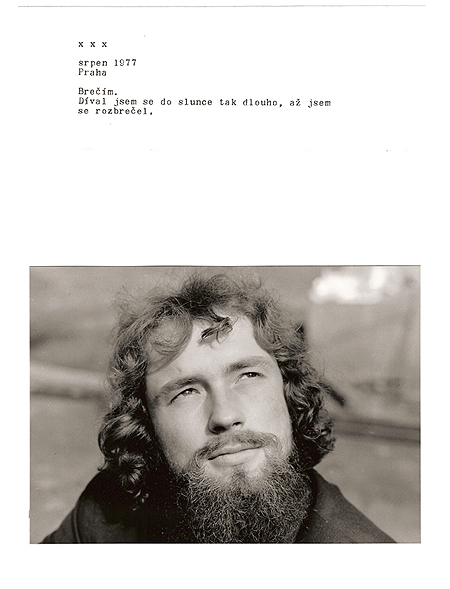Doubles
Tuesday, September 30th, 2008
When I asked him to talk about André Breton’s 1946 lecture in Haiti, the 83-year old Gérald Bloncourt said that he couldn’t exactly recall the details. “I was busy,” he added, “and preoccupied, carrying a gun in my pocket and guarding my friend Jacques Stephan Alexis, whose task that day was assassinating Lescot.”
Considered more a dictator than simply president, Elie Lescot was among those listening to Breton speak about surrealism. Pierre Mabille had organized that conference. And that Lescot was in the audience was not by chance. It was somewhat of a political affair. A surrealist himself and also a practicing doctor, Mabille was the French cultural attaché in Haiti. This was one of a series of conferences by Breton before his return to France, where he had fled from during World War II. Anyway, the plans to assassinate Lescot that day failed, and the young Haitian poets in charge of it escaped. Mabille, who was friendly with Stephan Alexis and Bloncourt arranged their protection, and immediately after brokered Bloncourt’s political exile in France.
This summer, when I arrived to the doorsteps of Gérald Bloncourt’s home in Paris, he knew I wanted to speak with him about something related. In articles describing that lecture, Breton’s presentation was figured as a catalyst to the revolution that ensued immediately after. His speech had been published immediately after in La Ruche, a Haitian newspaper edited by the poet Rene Depestre among others. At the government confiscation of that La Ruche issue and the imprisonment of its editors, what began as student protests ended in a larger demonstrations that led to the exile of many intellectuals.
It was actually while initially investigating the historic artist’s studio La Ruche in Montparnasse that I learned about the newspaper La Ruche. Things fell into place right after that. Gérald Bloncourt had just co-authored with Michael Löwy, Messagers de la Tempête. André Breton et la Révolution de janvier 1946 en Haïti (2007) a book published by Les Temps des Cerises in Paris—a copy of which I kindly obtained through the artist collective Société Réaliste. Having dealt with other types of doubles in the Archaeology of Longing, I invited Bloncourt to narrate the events surrounding that Breton lecture. Afterwards, he also read some of his poetry. This video is a recording of his talk, which was celebrated on the evening of September 18, 2008 in Paris.




